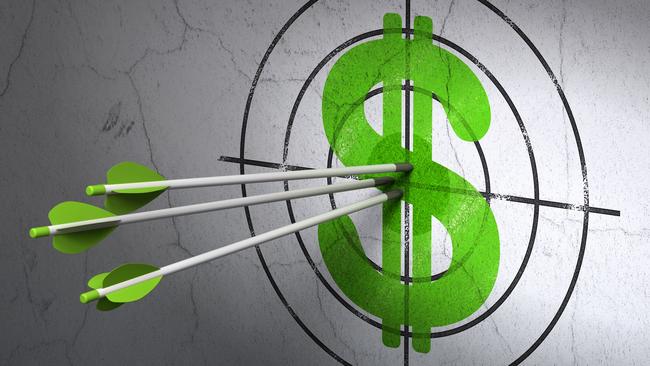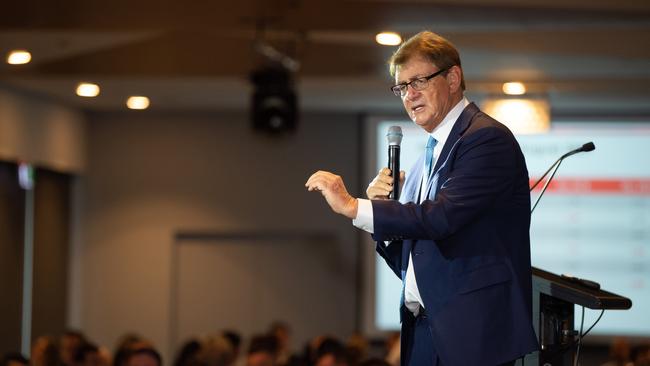Why saving is about to fall out of fashion
We piled up our cash during COVID, but saving is about to become deeply unfashionable again.

Saving is about to become deeply unfashionable again. After rushing to build deposits during the COVID crisis, we are now determined to burn through accumulated cash. What’s more, the trend is going to accelerate.
New forecasts suggest that by the end of this year we will be saving less than half what we are putting away just now, and that level will be around a quarter of what we were saving at the peak of the crisis.
As panic swept the broader economy last year, the national savings rate soared to unprecedented levels, hitting 22 per cent — or 22c for every dollar — at its peak.
To put that number in historical perspective, it meant we saved $187bn in 2020, which works out at more than the total savings over the past 3½ years.
More recently the savings rate figure has started to drop, though it is still sitting somewhere near 12 per cent.
Not for long, though. Westpac chief economist Bill Evans has forecast a major reduction in the savings rate, suggesting it will move down to 4.6 per cent as part of the bank’s upgraded 2021 GDP outlook report issued this week. (Westpac says GDP in 2021 will now be 4.5 per cent, against an earlier estimate of 4 per cent.)
Evans, the doyen of bank chief economists who has held the top economist at the bank since 1991, says “the capacity for the household sector to continue to slow the growth in new savings and further subsidise spending will be the key driver of the housing spending outlook for 2021”.
Economists have long noted the tendency of consumers to spend when it would be better for the wider economy if they saved and vice versa. For example, the savings rate pre-COVID had hit a cyclical low of 3 per cent. In contrast, the last time it had soared was after the GFC, when it went above 10 per cent.

Though a range of recent economic reports suggest spending is rebounding, Evans has still “called” a dramatic change with his prediction.
Credit card spending, for example, has yet to rebound to any degree. In fact, the latest RBA statistics show that the total value of credit card spending for January had dropped on both a month-on-month basis and compared to the corresponding period a year earlier.
Evans clearly believes that the savings rate is now ready to overshoot as dramatically on the downside as it did on the upside: “You must remember the recent lift in savings was involuntary, people were not able to get out and spend,” he says.
If the prediction is correct, the spending splurge that has buoyed retail stocks since this time last year could continue. Moreover, with an absence of immigration, spending per capita will lift significantly.
The savings rate has also been affected by the JobSeeker allowance, where exposed households had saved more money as a buffer. But Evans now believes the JobKeeper effect is diminishing.
“With JobKeeper payments in this quarter running at less than a third of the December quarter ($11bn against $36bn), we can see that the curtailment of JobKeeper in the June quarter will have a significantly smaller impact on household incomes,” he says.
Evans is best known for his legendary “call” in 2011 that interest rates were heading towards an extended period of reductions: the forecast has remained accurate until this year.




To join the conversation, please log in. Don't have an account? Register
Join the conversation, you are commenting as Logout